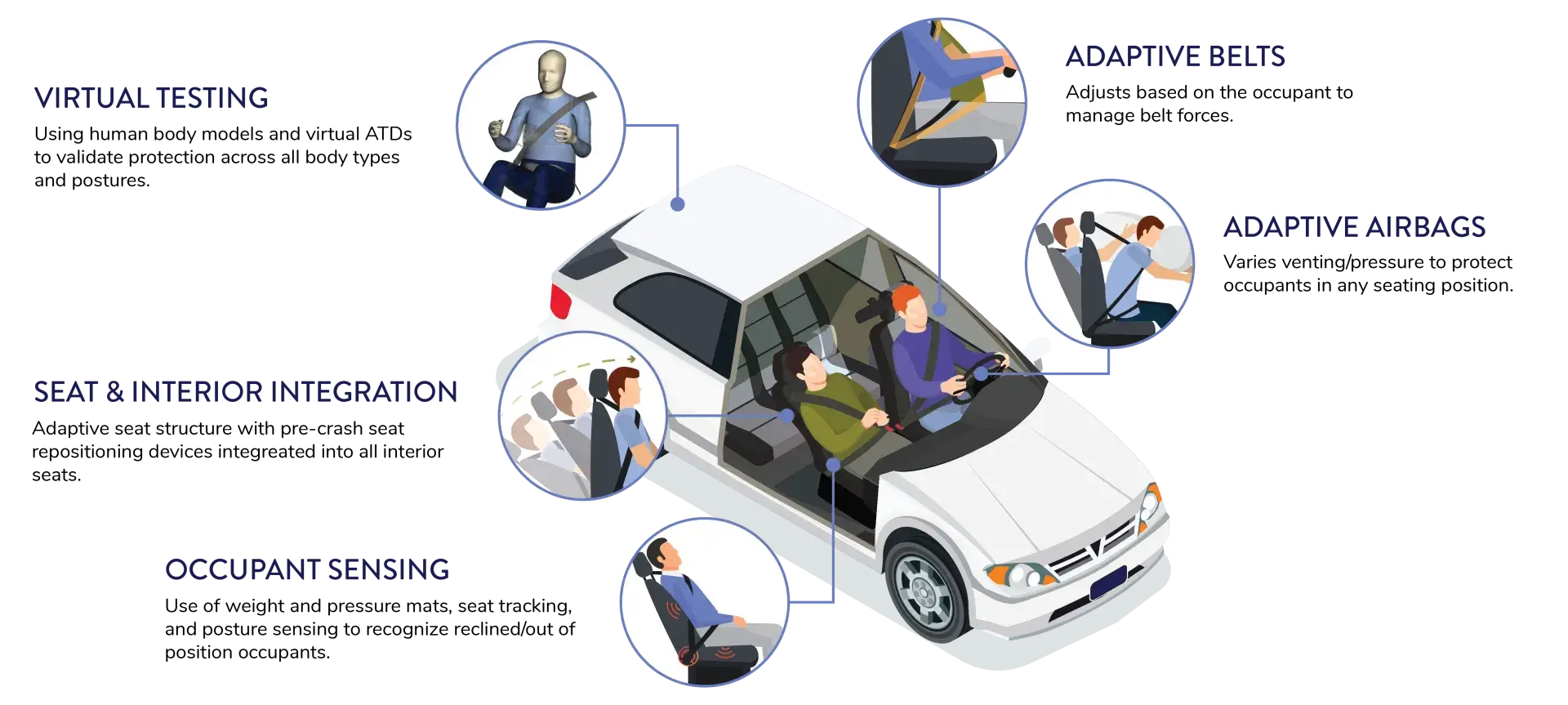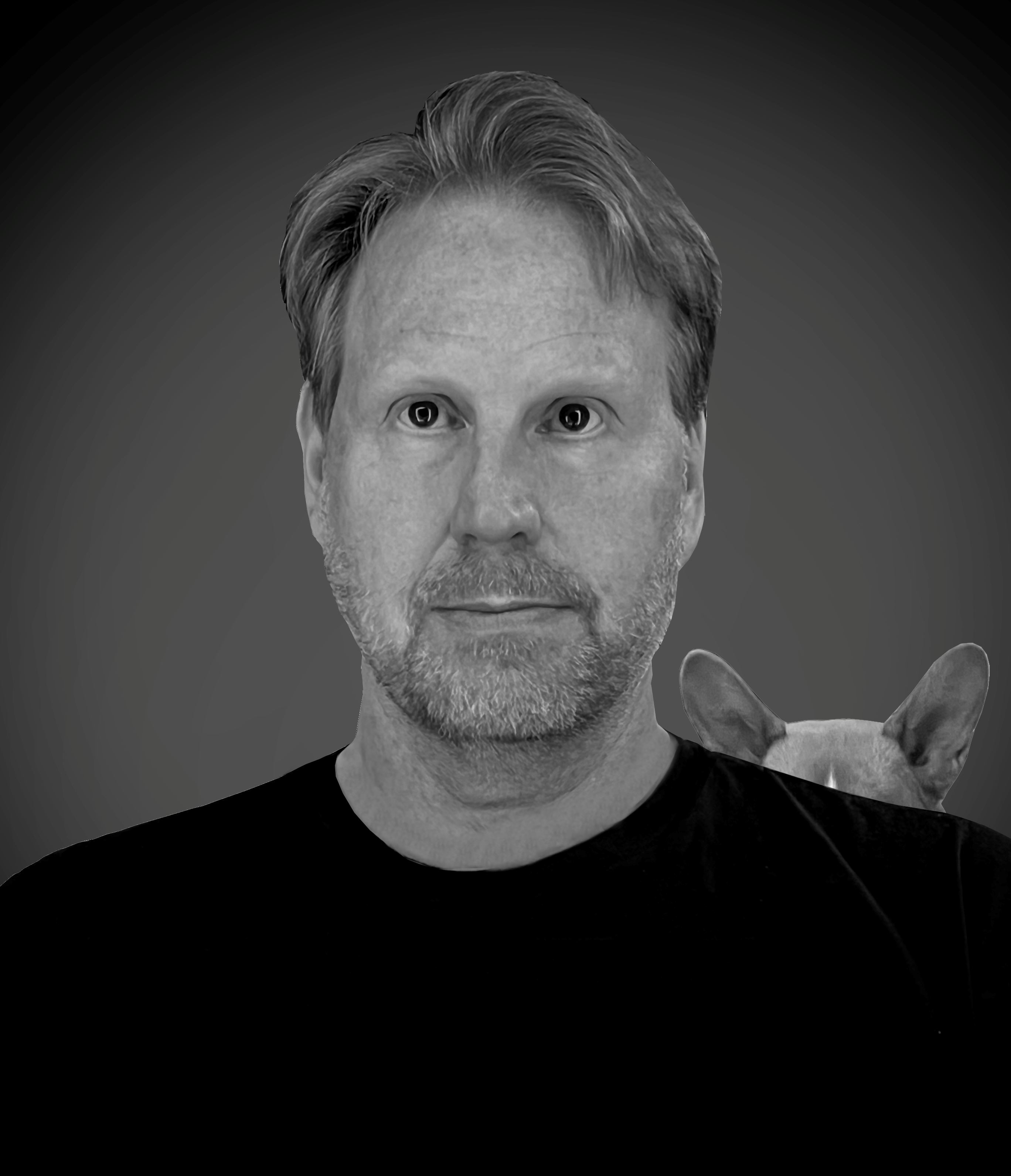Safety That Adapts to You
Volvo’s latest innovation, its multi‑adaptive safety belt named one of TIME’s Best Inventions of 2025, marks a new era of protection designed for every body. It is more than a smarter restraint. It is a sign of how adaptive technologies and industry partnerships are redefining what safety means in the age of intelligent mobility. It reflects a future where every vehicle not only protects its passengers but learns from them. We’ve entered the era of Safety Intelligence.
Redefining the Seatbelt for Every Body
When Volvo invented the three‑point seatbelt in 1959, engineer Nils Bohlin transformed automotive safety forever. More than sixty years later, the company has done it again. The new multi‑adaptive safety belt, debuting in the upcoming EX60 EV, uses real‑time data from interior and exterior sensors to tailor protection to each occupant and crash scenario.
The system continuously adjusts belt tension based on occupant size, shape, and seating posture, tightening more firmly for larger occupants in serious crashes while easing restraint for smaller individuals in mild impacts. As Åsa Haglund from the Volvo Safety Centre explains, it delivers “smarter, personalized protection that adapts not just to the crash, but to the person.”
Through over‑the‑air updates, the belt system refines its response strategies as new crash data and occupant insights emerge. One powerful image shared from Volvo by TIME features a pregnant mother comfortably restrained, offering a visual statement that safety design can and should be inclusive from the very beginning.

Volvo's new multi-adaptive safety belt is designed to customise protection for different people in different scenarios, with an exploded view of the safety belt. Copyright © 2025 Volvo Car Corporation.
The Human Data Behind Adaptive Technology
Restraint systems rely on a biomechanical understanding of how the human body moves and reacts in crashes, knowledge built through decades of physical testing and computational modeling. Yet, even as technology advances, important gaps remain.
Data for certain populations such as pregnant women, individuals with high BMI, or other underrepresented body types is limited, both in post-mortem human subject (PMHS) research and validated computational injury risk models.
Humanetics helps bridge this critical gap. Our ATDs provide high-fidelity physical sensor data that anchors digital simulations in measurable human responses, while our advanced digital human modeling tools extend this understanding into the virtual realm. Leveraging the world’s largest database of human body shapes and biomechanical attributes — across regions, ages, genders, and body compositions, we help our partners create simulations that truly represent Every Body.
By combining physical testing, predictive modeling, and data science, Humanetics empowers engineers to evaluate restraint systems for a broader and more inclusive population. These insights don’t claim universal validation, but they enable smarter, faster, and more human-centered design decisions that steadily move the industry closer to that goal.
As one Humanetics engineer puts it, “Adaptive safety is about progress through precision and refining protection step by step, grounded in the best data available, and always seeking to better represent the full spectrum of humanity.”

Partnership at the Core of Progress
Volvo’s achievement is a powerful reminder that no innovation happens in isolation. Adaptive restraint systems represent the outcome of collaboration across automakers, suppliers, researchers, and technology leaders who share one mission, to protect people in motion.
This collaborative spirit drives our Agile Partnership Model at Humanetics, which connects physical testing, simulation, and sensor data across development ecosystems. Humanetics CEO Christopher O’Connor captures it best: “True innovation happens when industry leaders, researchers, and engineers come together every step of the way.”

Through these collaborative programs, we help our partners design and validate systems that adapt, learn, and evolve in step with human diversity.
Humanetics Perspective: Safety as a Shared Mission
The Volvo multi‑adaptive safety belt is more than an engineering milestone. It signals the future of inclusive and data‑driven safety, a future built on shared knowledge and deep human understanding.
We believe safety is not a race, it is a collective responsibility. By combining expertise in testing, digital human modeling, and cross‑industry partnership, we help shape technologies that not only meet standards but advance them.
Safety is not competitive. It is collaborative. Together, we are accelerating its evolution, shaping a future defined by Safety Intelligence, where knowledge, empathy, and technology protect every body.
Interested in More Content Like This?
Subscribe to the Humanetics Pulse newsletter to learn more about Humanetics Products, News, and Industry Updates.
Let's Keep the Conversation Going
Our experts are here to discuss what safety intelligence could look like for your products. Contact us to keep the conversation going and learn how we can help turn your mission into measurable protection.

Mark Brown
Mark is the Product Marketing Manager at Humanetics Safety and works closely with Engineering and Sales to develop and refine content that is both useful and informative for our industry. With over two decades of experience in crash test dummy product Quality, Technical, Sales, and Marketing, Mark produces a wide range of media and publications including our service bulletins, webinars, editorial articles, and contributes to our marketing collateral.